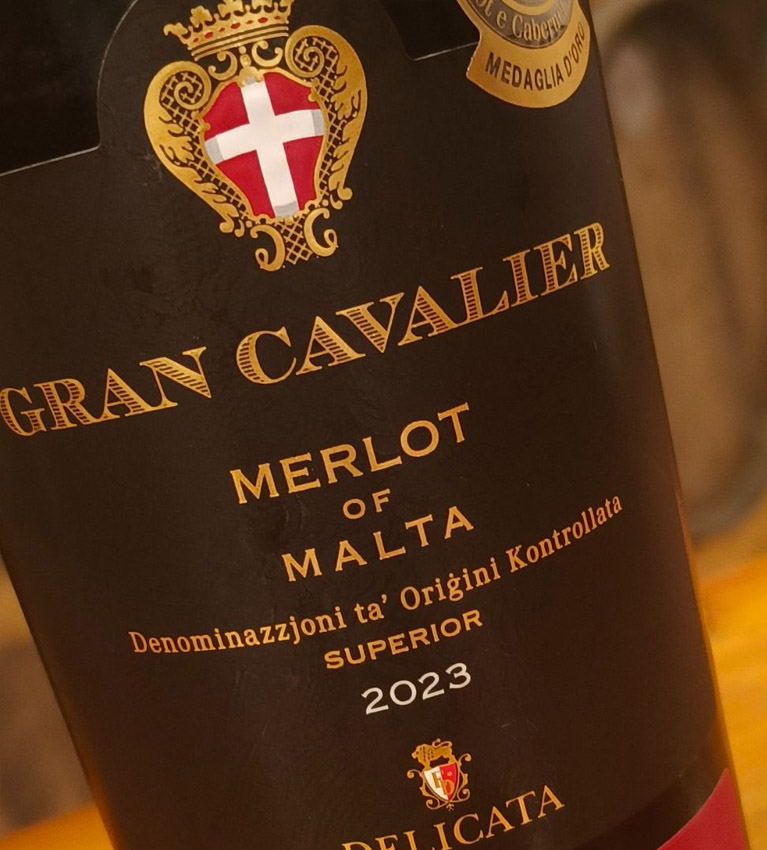
Exploring Malta’s Viticultural Heritage
August 15, 2025

Refrigeration Redefined
August 13, 2025
The Quiet Power of Fresh Local Yoghurt in Professional Catering
August 17, 2025Darren Borg traces the important role of the National Viticulture and Oenology Centre as a hub for the preservation of indigenous grape varieties.
The National Viticulture and Oenology Centre (NVOC) plays a central role in safeguarding and enhancing Malta’s viticultural legacy through focused research and experimental cultivation.
Situated at Buskett, the NVOC is also a hub for the preservation of indigenous grape varieties, experimentation, and the advancement of viticulture in Malta.
The NVOC’s mission includes the collection and multiplication of indigenous grapevine varieties. Besides the well-known Ġellewża and Girgentina, the centre is cultivating lesser-known varieties such as Marsusa Sewda, Beżżul Abjad and Insolja Bajda, among others.
These varieties are not only genetically distinct but also carry significant cultural and agricultural heritage. Many of these cultivars were previously under-researched and undocumented, or documented only in old publications such as Dr John Borg’s 1922 book.
The current collection of indigenous grapevine varieties was grafted onto vine rootstock in 2021, using material collected from previous collections or sourced directly from old vines maintained by growers across the islands. Before grafting, these vines were genetically tested at specialised laboratories in Italy to confirm their uniqueness. The tests confirmed that these vines are unique to Malta and genetically isolated from other Mediterranean grape varieties.
Following the DNA testing, a process of agronomic observation began to assess the vines’ adaptation to the local environment and their compatibility with rootstock. As anticipated, most of the varieties exhibited traits similar to Ġellewża and Girgentina, including good tolerance to the local climate and lower water requirements than most foreign varieties.
Comparative rootstock studies were also conducted. Varieties were grafted onto four locally popular rootstocks to assess compatibility and growth performance. Results to date have revealed significant differences in affinity, vine robustness, and susceptibility to chlorosis. Such field data is crucial for optimising future plantings in Malta’s unique soil conditions.
To contextualise the performance of local grapes and facilitate their official description, four international varieties - Cabernet Sauvignon, Merlot, Chardonnay, and Sauvignon Blanc - were planted in the same vineyard.
These serve as comparative benchmarks for phenological development and help evaluate the quality, adaptability, and market potential of Maltese varieties against global standards.
Since the production of the first grapes from these indigenous varieties, the fruit has been analysed for parameters such as sugar content, pH, and total acidity.
While comprehensive conclusions require several years of data, early findings show some promising traits. In addition to laboratory analysis, these grapes will be pressed and fermented in small batches to obtain singlevarietal wines, enabling a full understanding of their organoleptic potential.
This comprehensive dataset - combining laboratory and sensory analysis - will reveal the oenological potential of these vine varieties. Armed with such data, winemakers can determine whether these varieties are capable of producing high-quality wines. If so, the varieties can be added to the national list of cultivable wine grapes.
Other processes running in parallel include the official characterisation and national recognition of these vines, the production of disease-free mother stock, and the eventual propagation of these varieties for commercial cultivation.
Although lengthy, this process is exciting for wine lovers, as it may further enrich Malta’s wine portfolio. These indigenous varieties have the potential to complement existing ones in the production of unique blends or monovarietals that are truly distinctive to the Maltese Islands.

Darren Borg
Darren is Chief Agricultural Office within the Agriculture Directorate. Graduated from the University of Udine, Italy in Viticulture & Oenology. Has 19 years experience working in the Agriculture Directorate, with 3 of these working directly on wine. Presently Head of Unit at the National Viticulture and Oenology Centre in Buskett (Dingli).
Click here to see Horeca Issue 20 online



